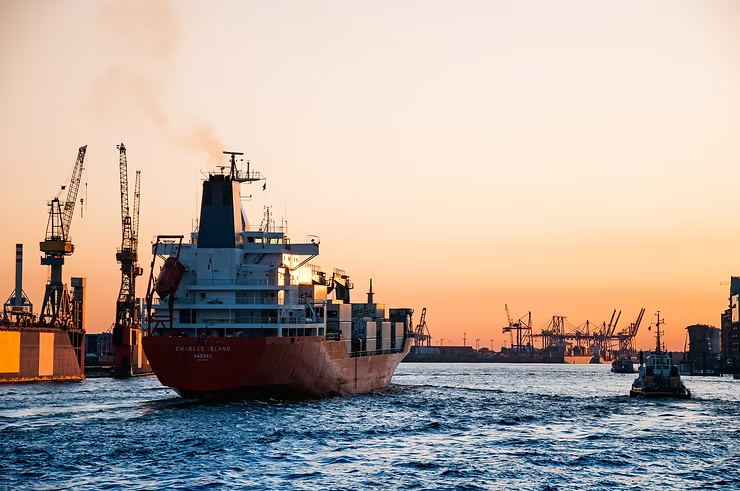Reducing Noise Pollution in Marine Environments
Supporting initiatives to reduce noise pollution in marine environments is essential for the health of marine life, ecosystems, and the balance of underwater habitats. Human activities like shipping, construction, and exploration increase noise levels, affecting species that rely on sound for communication, navigation, and survival. Mitigating these impacts ensures the sustainability of our oceans.
Key Strategies to Minimize Underwater Noise
1. Understanding the Impact
Raise awareness about the harmful effects of noise pollution on marine species to drive support for change.
2. Shipping Industry Collaboration
Encourage quieter vessel designs and reduced speeds in sensitive areas to lower underwater noise emissions.
3. Route Planning
Develop shipping routes that avoid critical habitats, minimizing disruption to marine life.
4. Quiet Technologies
Promote the use of quieter propulsion systems and advanced vessel technologies to reduce noise pollution.
5. Sonar Guidelines
Implement strict guidelines for active sonar use to prevent harm to marine mammals.
6. Underwater Construction Practices
Adopt noise-reducing construction techniques and schedules to minimize disturbance to marine life.
7. Fisheries Management
Regulate noisy fishing equipment, including explosives and certain gear, to reduce underwater noise.
8. Research and Monitoring
Invest in monitoring programs to assess noise pollution impacts and inform mitigation strategies.
9. Marine Protected Areas
Create MPAs with noise reduction objectives to provide safe havens for marine species.
10. Education and Outreach
Raise public awareness about underwater noise pollution and its impact on marine ecosystems.
11. International Collaboration
Coordinate globally through agreements and regulations to consistently address marine noise pollution.
12. Voluntary Guidelines
Encourage industries to adopt voluntary noise reduction measures to minimize impacts on marine life.
13. Acoustic Deterrents
Develop technologies that safely deter marine animals from noisy areas to prevent harm.
14. Natural Soundscapes
Promote the appreciation and preservation of natural underwater soundscapes that support healthy ecosystems.
15. Renewable Energy Projects
Design offshore wind farms and other renewable energy projects to minimize noise disruption to marine species.
16. Vessel Traffic Management
Optimize vessel routing in busy maritime areas to reduce cumulative noise impacts.
17. Collaboration with Scientists
Work with marine researchers to identify high-risk areas and develop targeted mitigation strategies.
18. Cruise Industry Practices
Encourage cruise lines to adopt noise reduction measures, such as propeller modifications, to lessen disturbance.
19. Government Regulation
Advocate for stricter enforcement of noise emission standards across industries to ensure a quieter marine environment.
20. Personal Commitment
Choose low-noise recreational activities, such as quiet watercraft and responsible snorkeling, to minimize human impact.
Conclusion
Reducing noise pollution in marine environments is vital for protecting ecosystems and marine species. Through collaboration with industries, robust regulations, public awareness campaigns, and personal responsibility, we can ensure a quieter and more sustainable future for our oceans.

